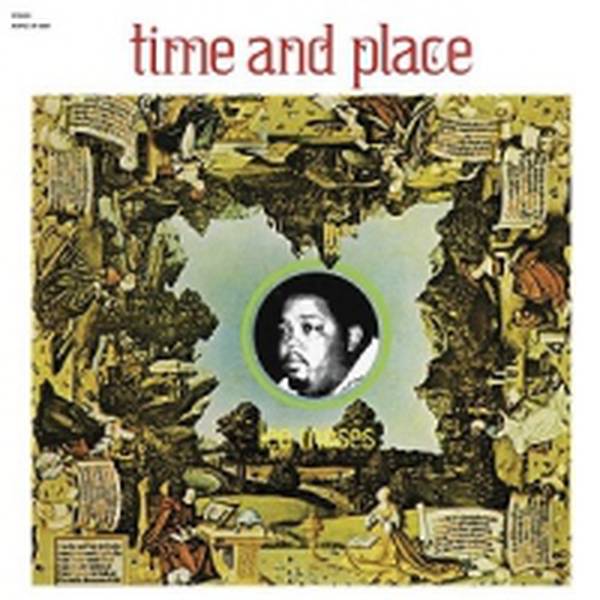
Tax included, Shipping not included
Seismic shifts happened between the previous year's Shades Of A Blue Orphanage and 1973's Vagabonds Of The Western World.
Frontman Phil Lynott was still documenting working class life in the group's native Dublin, and the band still featured guitarist Eric Bell and drummer Brian Downey, even if Bell was soon to leave; the shift was in the feel of the album. Between Jim Fitzpatrick's lurid album cover which depicted the band in space, the new, hot-rod-like Thin Lizzy logo, and Lynott's newly throaty howl, it’s possibly the first Thin Lizzy album on which they truly could be described as a hard rock band.
Vagabonds presented a swaggering confidence, a band buoyed by the success of semi-accidental smash hit "Whisky In The Jar," and carved out a moody, dark sound by borrowing bits from the blues, folk, psych, and Celtic music. Check out "Slow Blues" for proof, and decide whether Lynott or the guitars win the wail-off that begins the track.
"Whisky In The Jar" had been a bone of contention for the band who felt it didn't represent them. Pushed out due to their presence on package tours with rockers Slade and Suzi Quatro, it seemed to seal their fate, and their Vagabonds single, "The Rocker," set out their stall for good.
The weirdness and idiosyncracies of Phil Lynott's early songwriting hadn't been ironed out completely: "The Hero And The Madman" saw them try their hand at acid-fried cowboy rock–if such a thing ever existed.
After the album, and after Bell's departure due to ill health and disillusionment with the music industry, Thin Lizzy were reinvented once again. Lynott recruited two guitarists and the band left Decca to record Nightlife for Phonogram.
Their big hits and glory years–beginning with 1976's Jailbreak–were still ahead of them, but, with Vagabonds as a centerpiece, Thin Lizzy's early years left behind a cabinet of curiosities.
Details
Genre
Release Date
12.02.2015
Cat No
FDR 611
Produkt- und Herstellerinformationen
Tracklist
Track 1
Track 2
Track 3
Track 4
Track 5
Track 6
Track 7
Track 8








